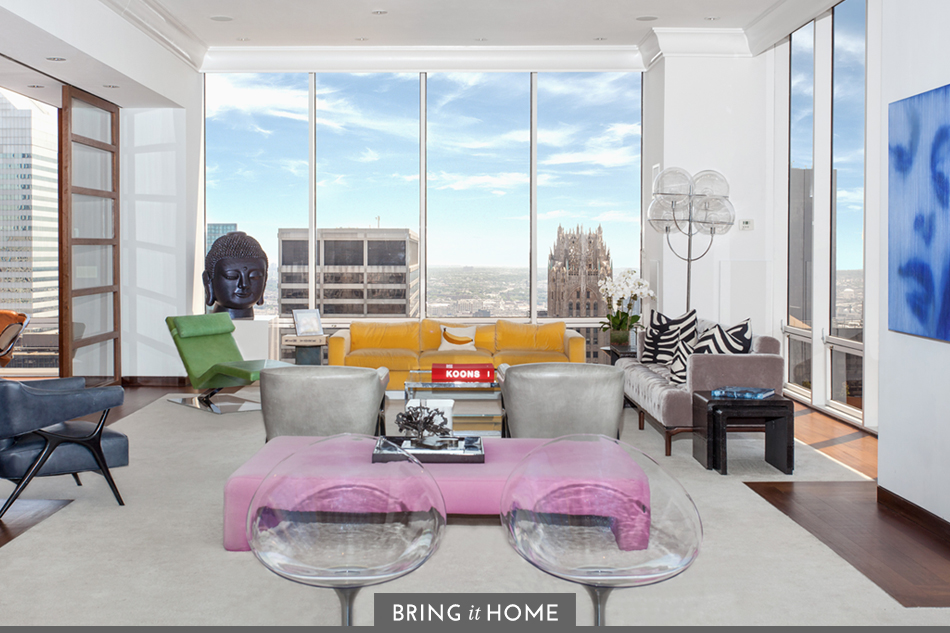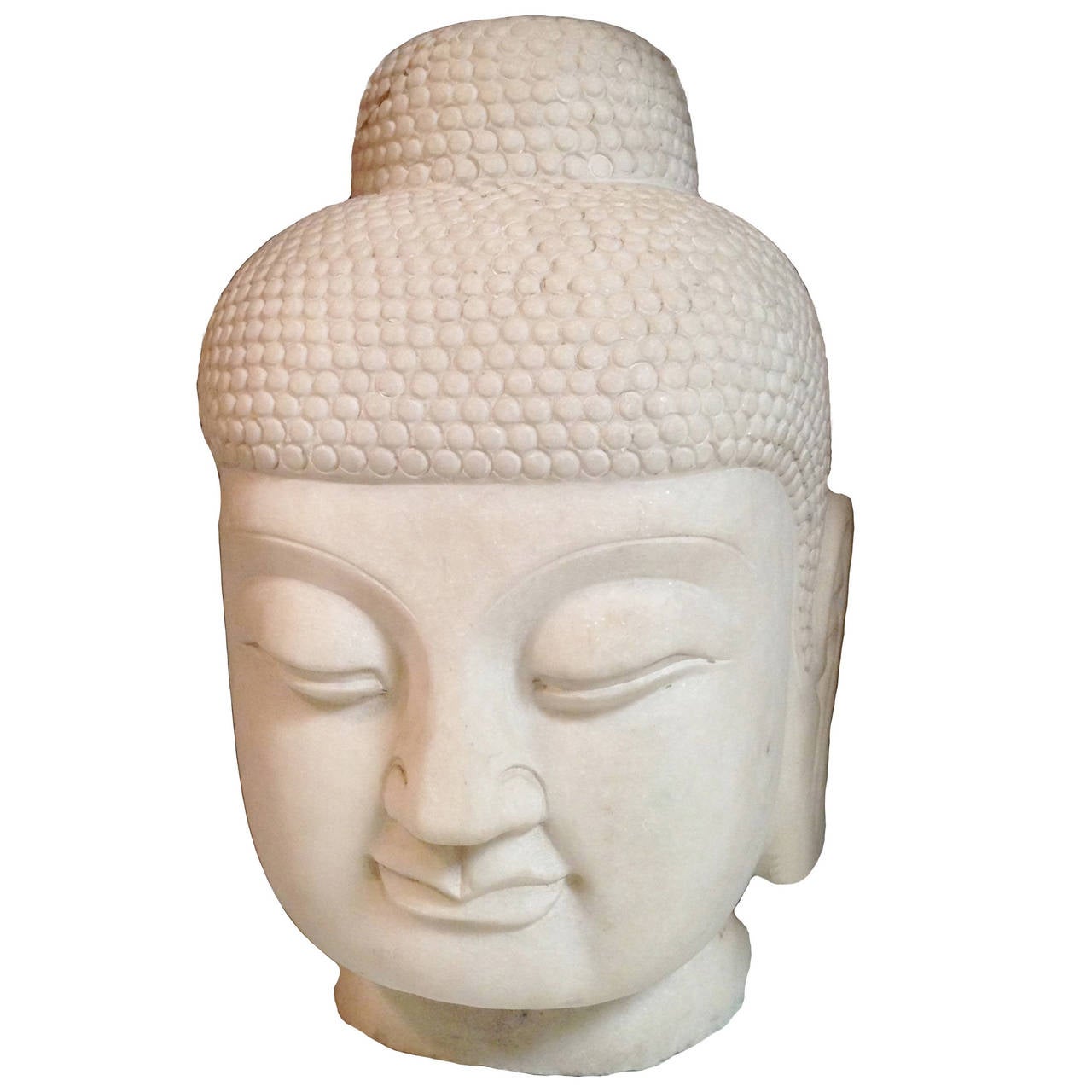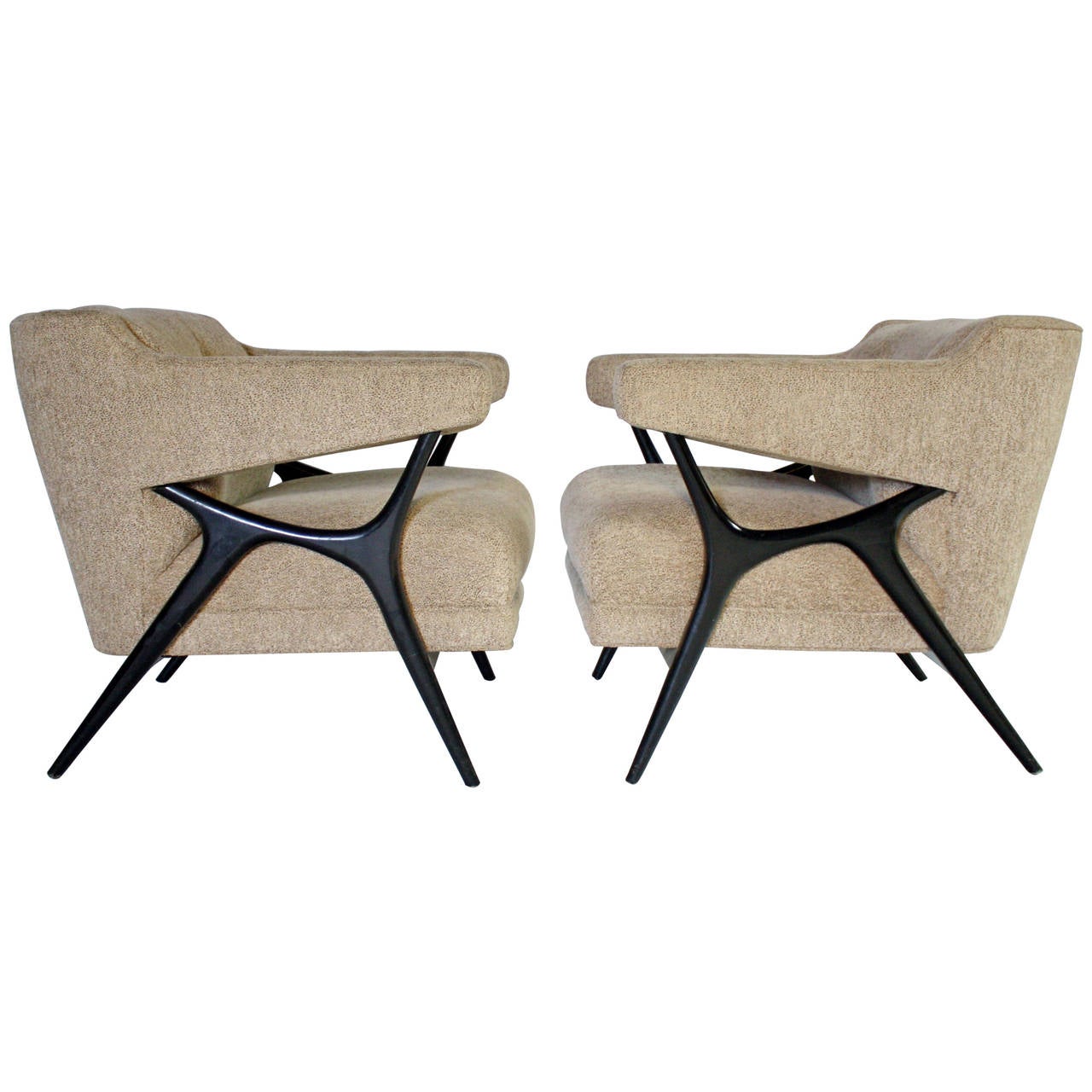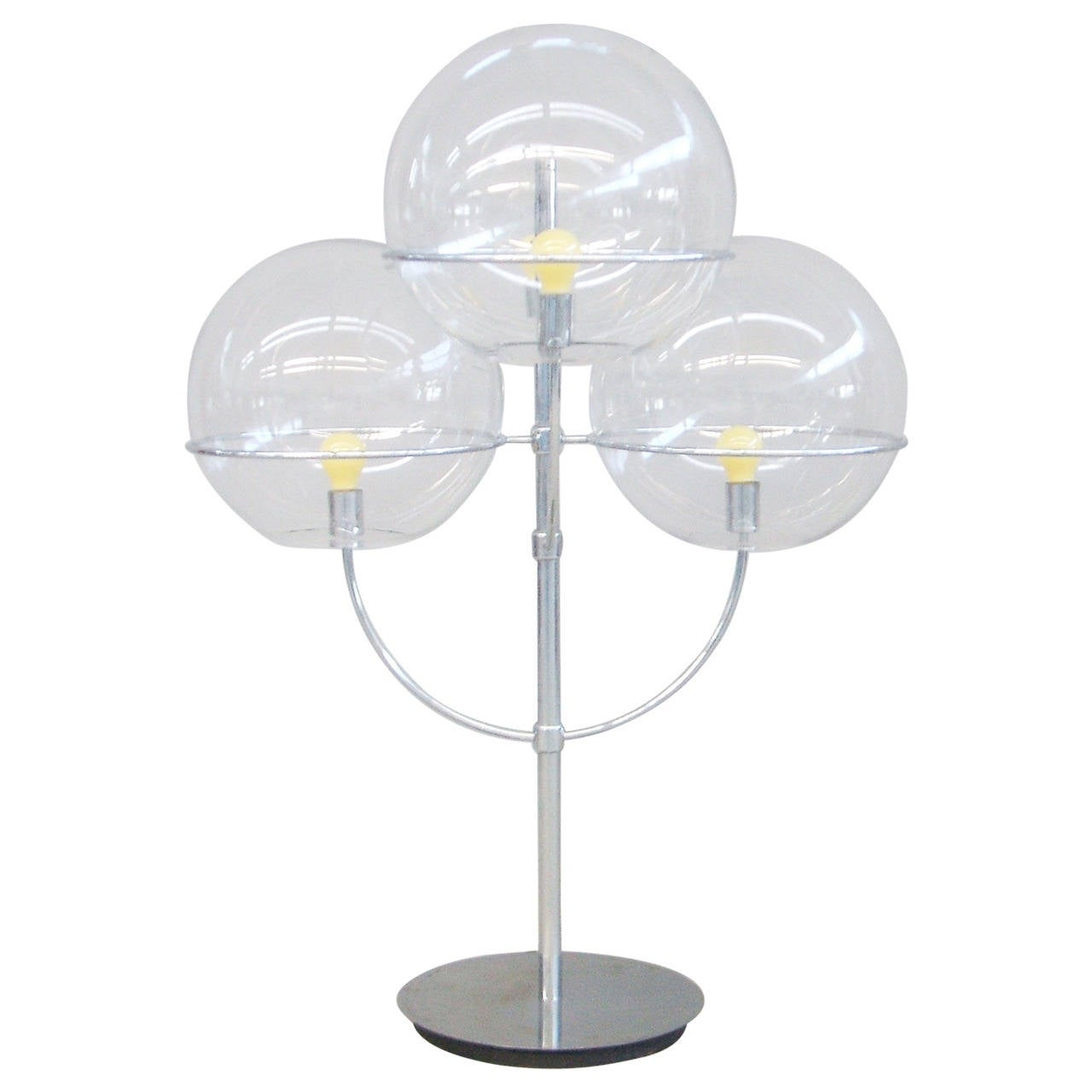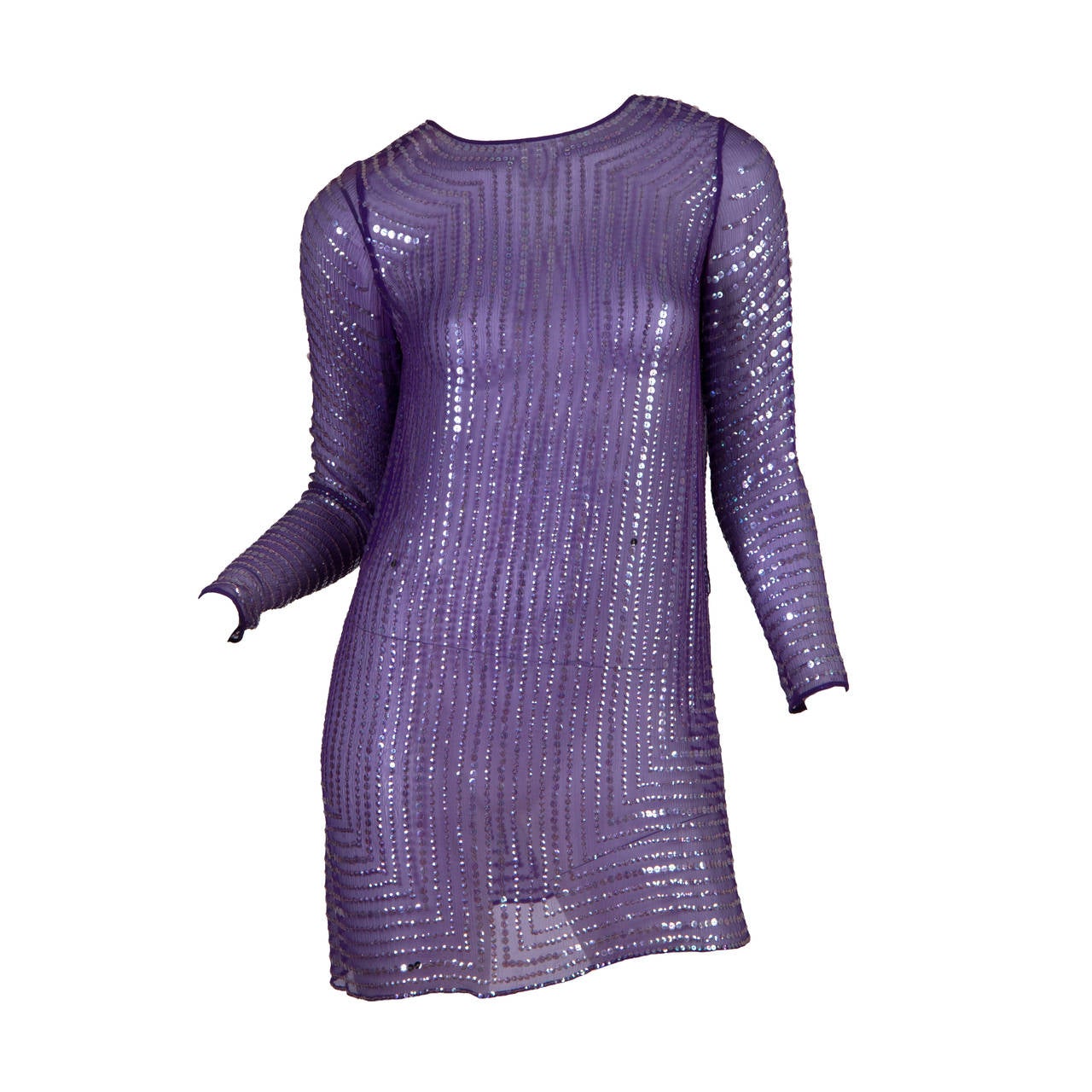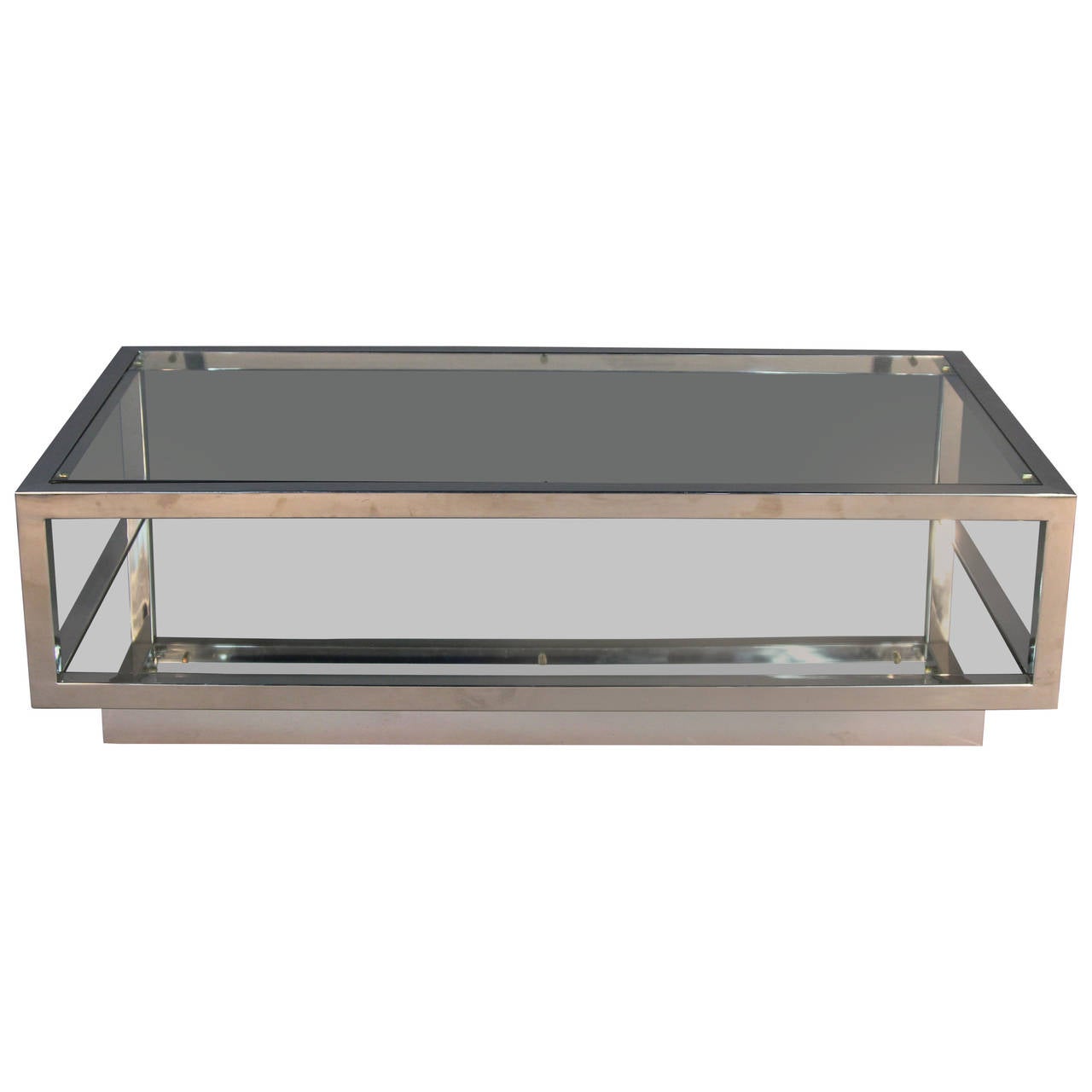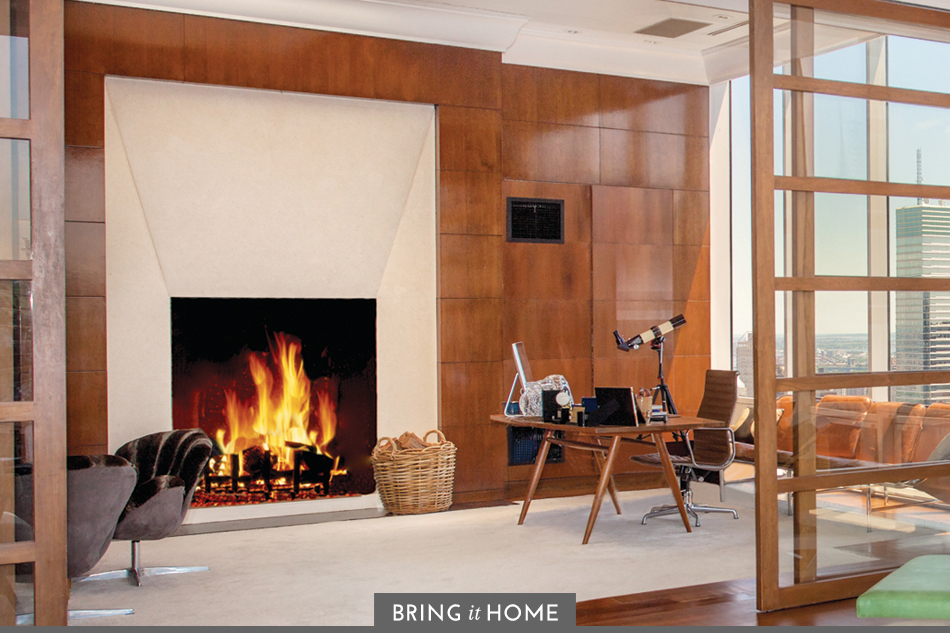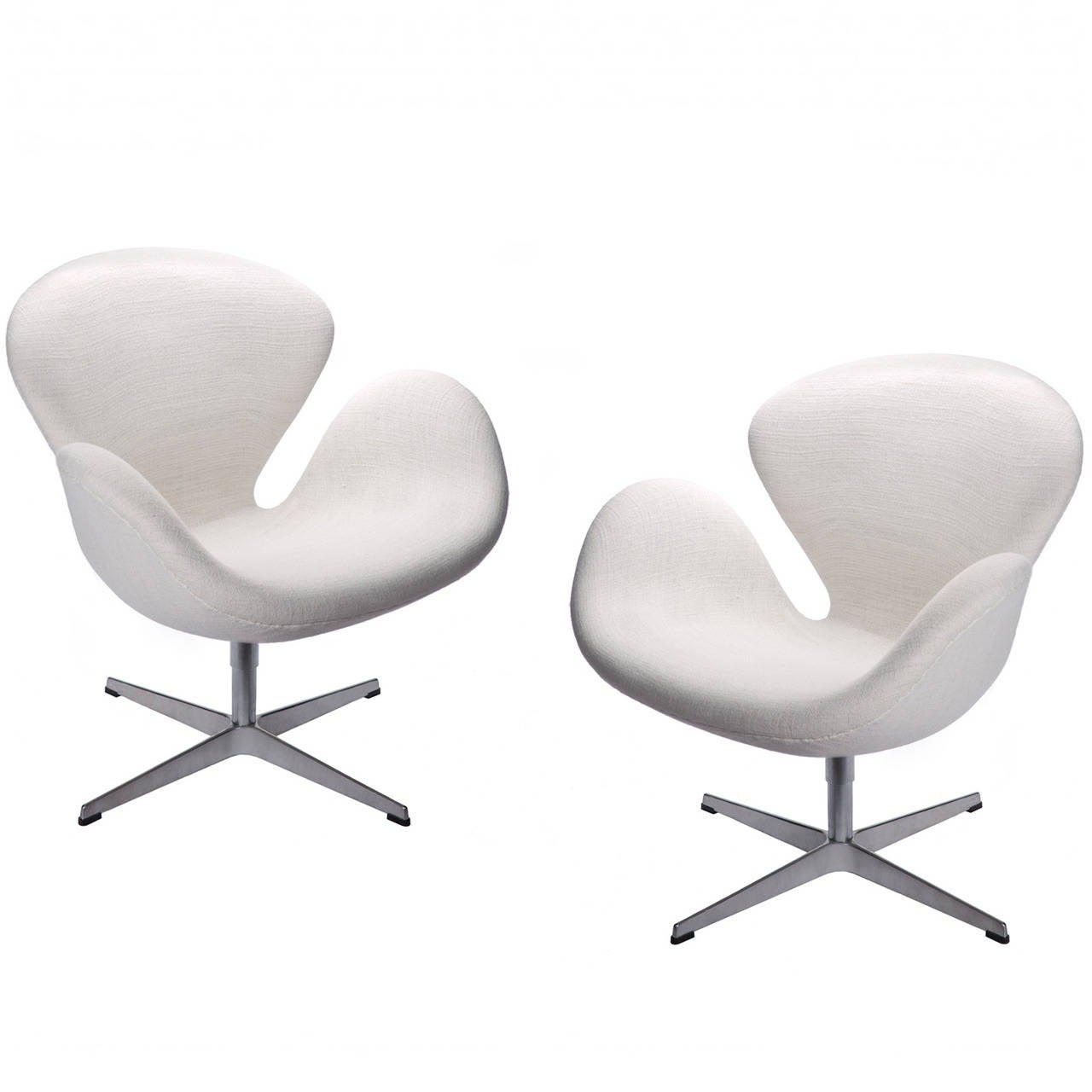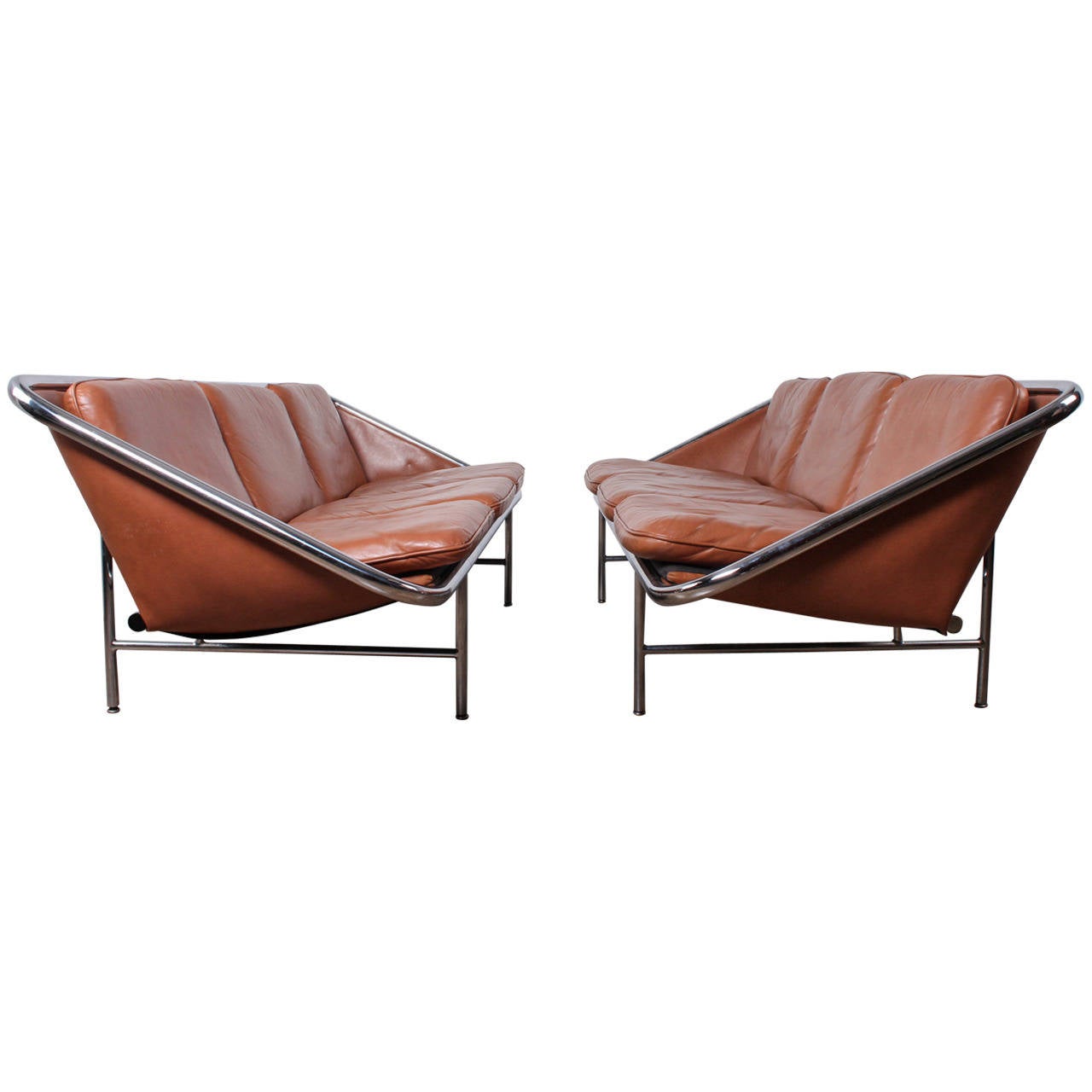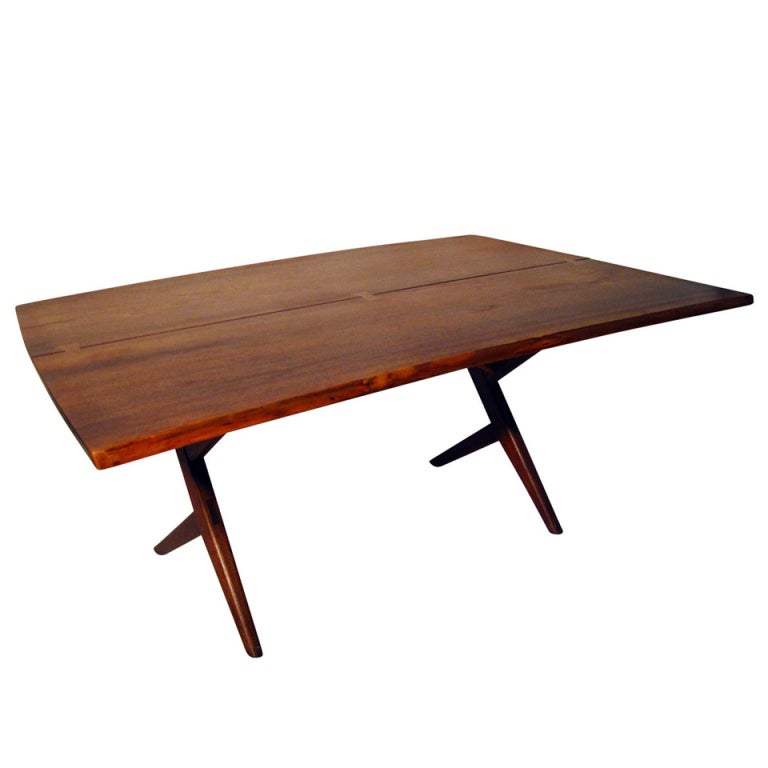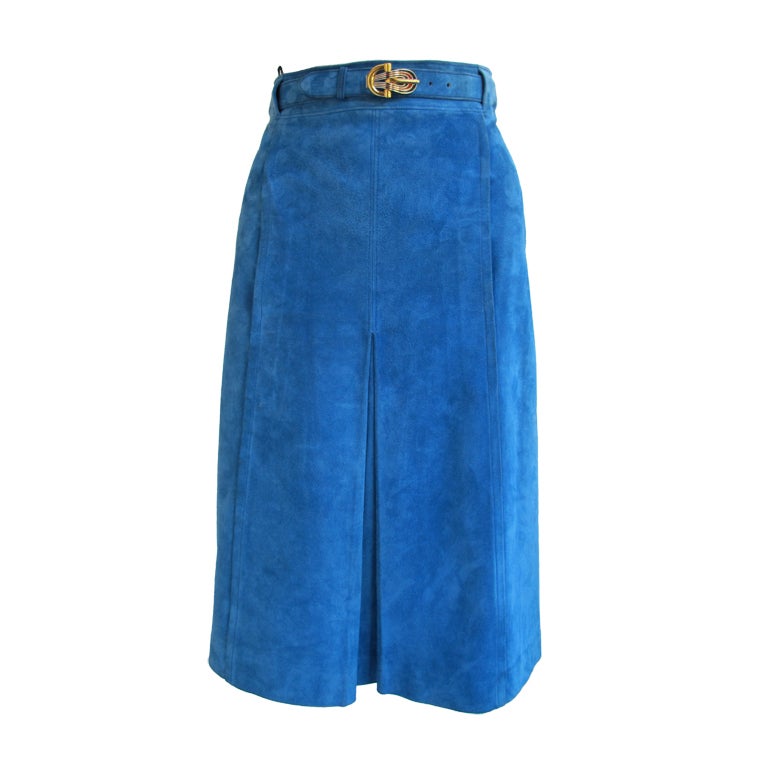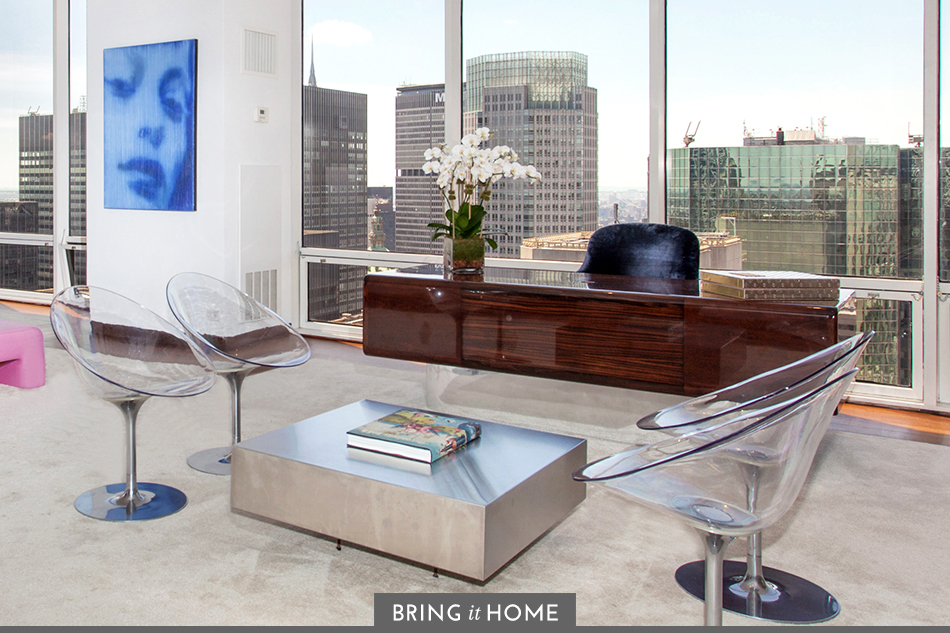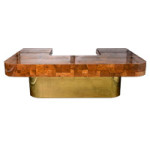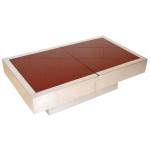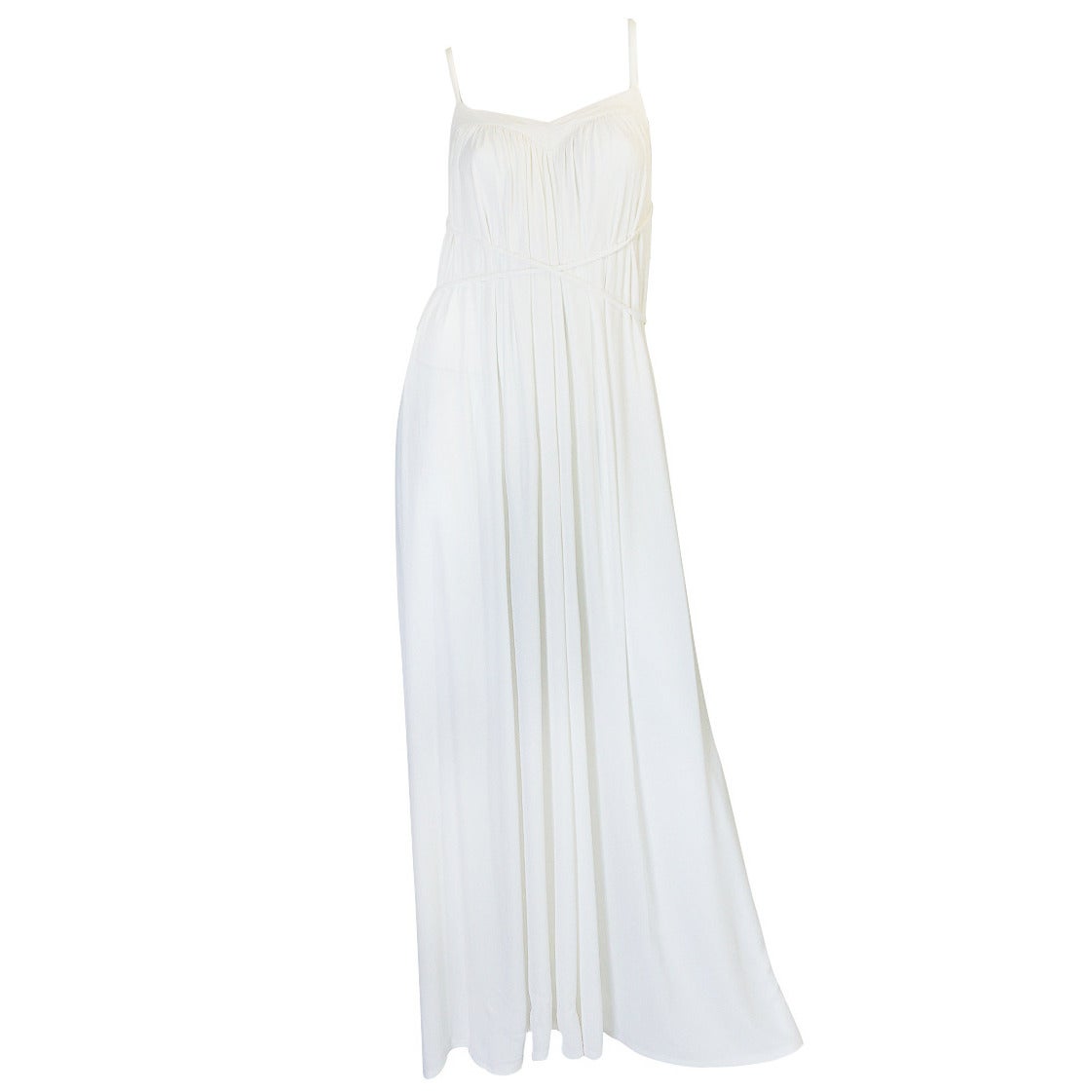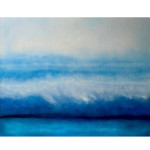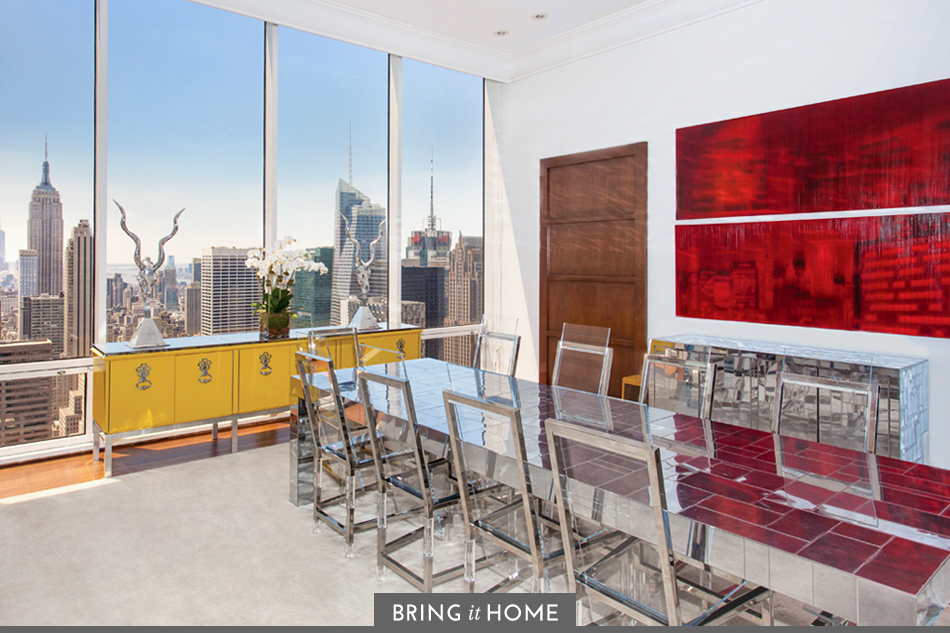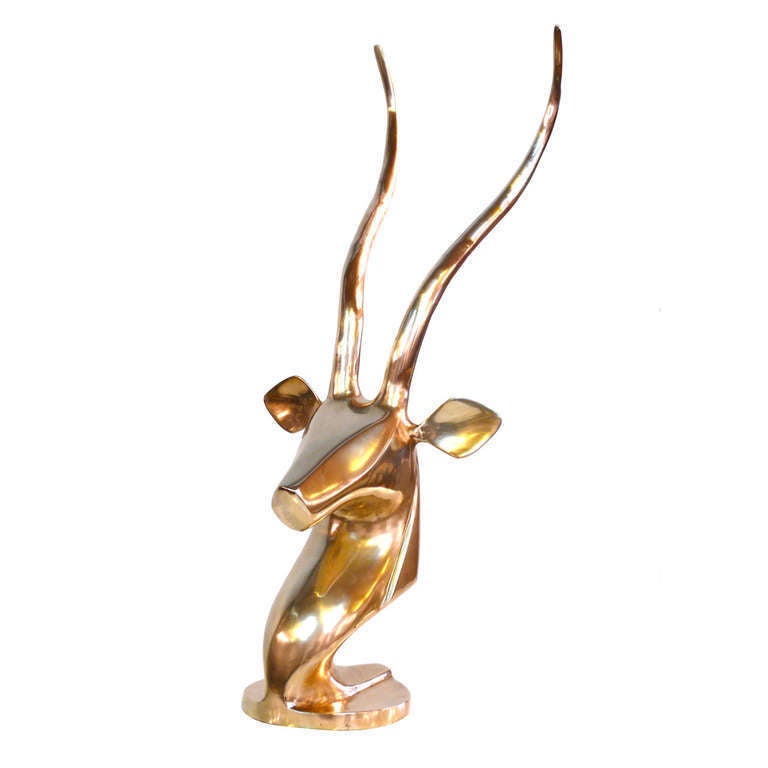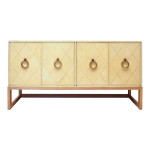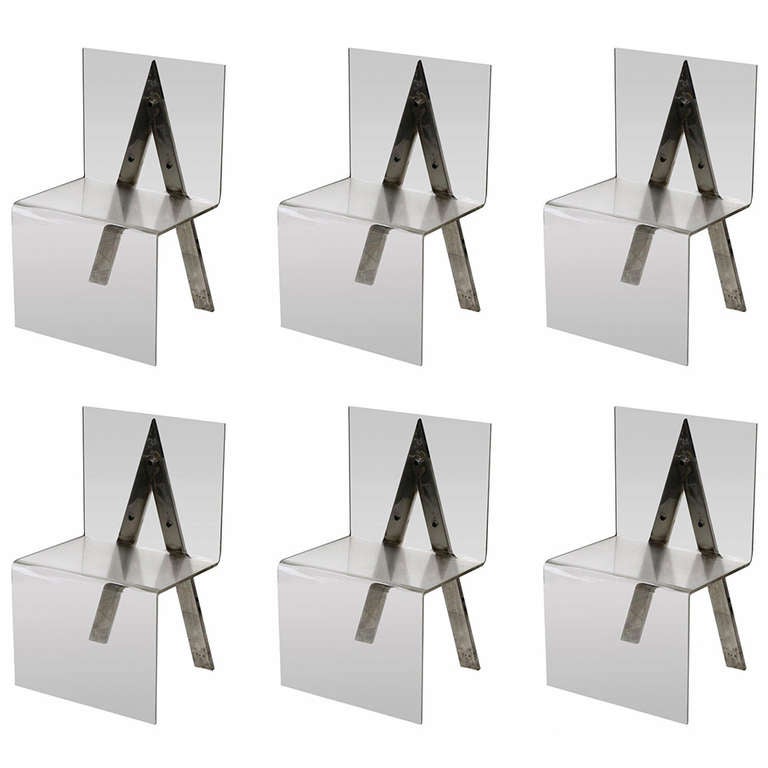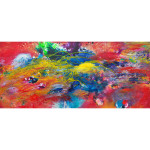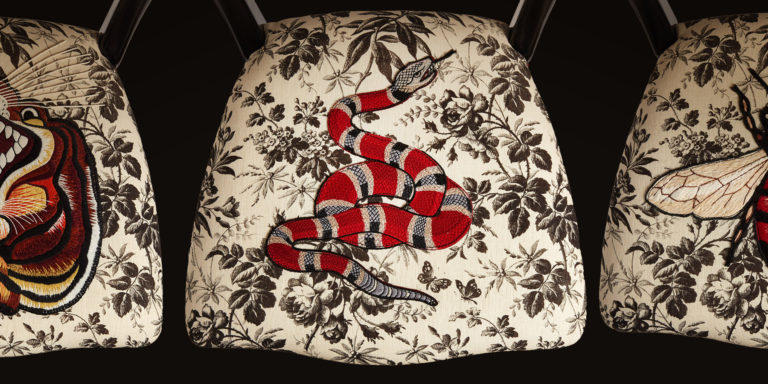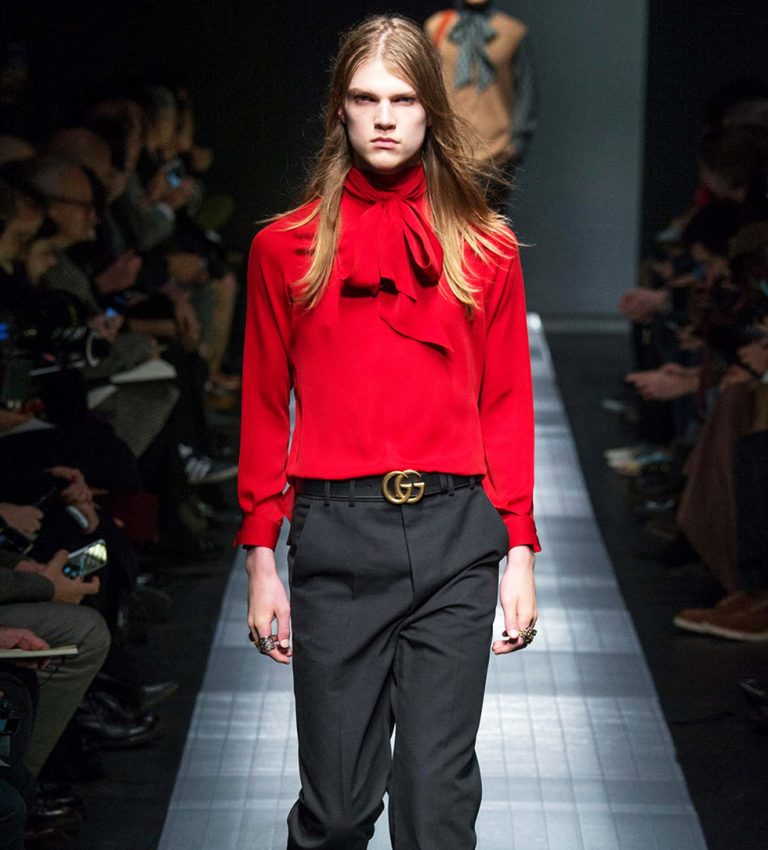
by Marisa Bartolucci | August 24, 2015
No sooner had the Olympic Tower’s gleaming doors opened in 1975, than it became the glitziest address on Fifth Avenue, if not in all of Manhattan. The Aristotle Onassis–developed, SOM-designed black-glass high-rise was one of the first mixed-use luxury buildings, with a retail courtyard “mall” at street level, offices in the tower’s middle and residences at the top that enjoyed dramatic views over neighboring St. Patrick’s Cathedral and Rockefeller Center. The Olympic Tower is where Halston — then at the height of his fame — set up his orchid-filled fashion headquarters, and where sun-bronzed international jet setters acquired their New York pieds-à-terre. None of these apartments was more dazzling than the duplex penthouse of Maurizio Gucci, the ill-fated scion of the fashion label that practically defined luxury for that decade. As Gucci’s daughters, Allegra and Alessandra, now spend most of their time in Europe, they have decided to sell the family’s sprawling aerie for $45 million through Brown Harris Stevens. If you can’t spare the change to possess its 10,000 square feet of Gucci glamour, replete with magnificent city views, 14-foot ceilings, eight bedrooms and two wood-burning fireplaces, then at least let us help you acquire its Eurodisco vibe with a selection of fashion, furniture and decor offerings from our 1stdibs dealers.
Living Room
August 24, 2015Tom Wolfe called the 1970s “The ‘Me’ Decade,” as everyone seemed on some kind of quest for self-realization, whether through est, Zen or partying the night away at Studio 54, just a few blocks from the Tower. This living room speaks of those dueling pursuits in its “explosions” of glam-rock color and the dominance of its “mind-blowing” black sequined Buddha head by Noh Sang-Kyoon — a nod perhaps to the “groovy” Buddha Room in the old Annabel’s in London. All photos by Richard Cummings, courtesy of Brown Harris Stevens
Study
The back-to-nature movement of the late 1960s continued to influence fashion and interior design well into the 1970s. Wood paneling, especially when used as a decorative accent, became quite stylish, as did earth-toned leather upholstery. While this stunning study speaks of those trends, it’s actually composed of designs from the mid-century, like a desk by George Nakashima, an Eames aluminum executive chair, Nelson‘s Slingback sofa and Jacobsen‘s Swan chairs. And as it’s the Gucci penthouse, the emphasis is on woodsy sophistication. Those Jacobsen chairs are upholstered in sheared mink!
Living Room Office Area
The penthouse’s open plan, with one area flowing into another, was typical of the era’s sophisticated contemporary interiors. A preponderance of plastic and metal, especially chrome, was another distinctive decorative motif, evocative of Concorde travel and the promise of the Space Age. That supersonic luxury is well expressed in this room’s sumptuous, streamlined rosewood and chrome Cityscape desk by Paul Evans as well as its transparent, organic-shaped side chairs (even though these iconic Eros chairs were designed by Philippe Starck in 1998).
Dining Room
Can we be surprised that in an era of rampant self-absorption, mirrored surfaces became a recurring design theme, from the mirrored balls in discos to the flamboyantly reflective elevator lobby of the Windows on the World restaurant? With its dramatic skyline views and multiple reflective accents, this dining room exemplifies the decade’s glitzy style, which often pushed a look to almost vulgar extremes.

